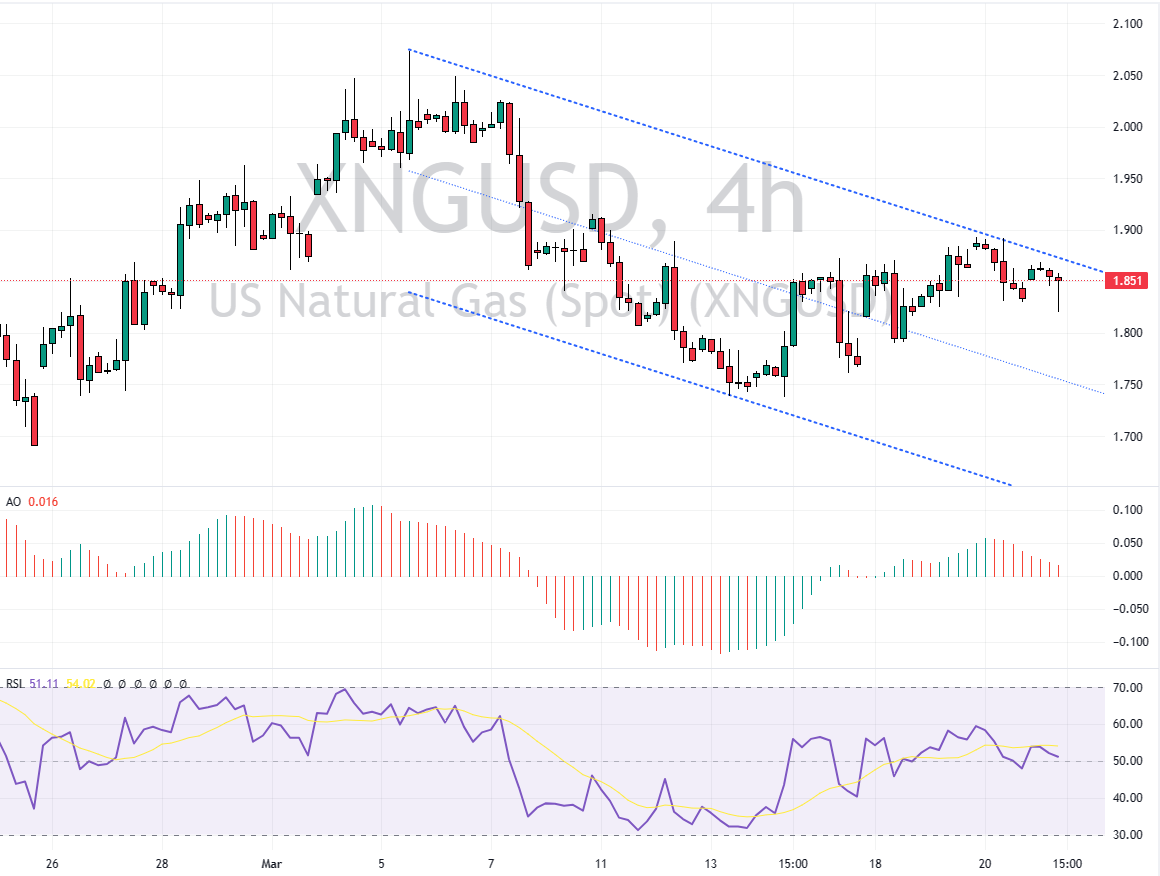U.S. Natural Gas Recent Trends and Strategies
NATGAS Analysis – In March, U.S. natural gas futures dropped to under $1.7 per million British thermal units (MMBtu), approaching a one-month low. This downturn reflects a continuous decline from the last quarter of 2023, influenced by weak demand and robust domestic supplies. The situation underscores the volatility and challenges within the energy sector, particularly as industries and consumers adapt to changing market dynamics.
Impact of Freeport LNG Plant Downtime
The Freeport LNG export facility in Texas reported significant operational disruptions. Specifically, two of its three liquefaction trains will be offline until May. This extended downtime reduces the plant’s capacity and affects the United States’ ability to export natural gas. Consequently, natural gas is more available domestically, which could alter market prices and strategies.
Factors Influencing Low Natural Gas Consumption
Several factors contribute to the reduced natural gas consumption in the U.S. A mild winter season has led to less heating demand. Record-level gas production, increased hydropower generation, and substantial initial stocks have also played roles. As a result, natural gas storage levels by late March were 40% higher than average.
This abundance in supply reflects broader trends in energy consumption and the effects of seasonal weather patterns on energy markets.
Production Adjustments by Major Companies
In response to these market conditions, leading natural gas producers like CNX Resources, EQT, and Chesapeake Energy have strategically decided to cut production. This deliberate reduction aims to balance the market and stabilize prices. It highlights how companies adapt to market signals and underscores the importance of strategic planning in the energy sector.
Adding Value for Better Understanding
For readers seeking to navigate the complexities of the natural gas market, it’s essential to understand the multifaceted factors at play. This includes recognizing the impact of external events, such as weather patterns and operational disruptions, on supply and demand.
Furthermore, understanding the strategic responses of key industry players can provide insights into the market’s future direction. For consumers and investors alike, staying informed about these dynamics is crucial for making informed decisions in the energy marketplace.







